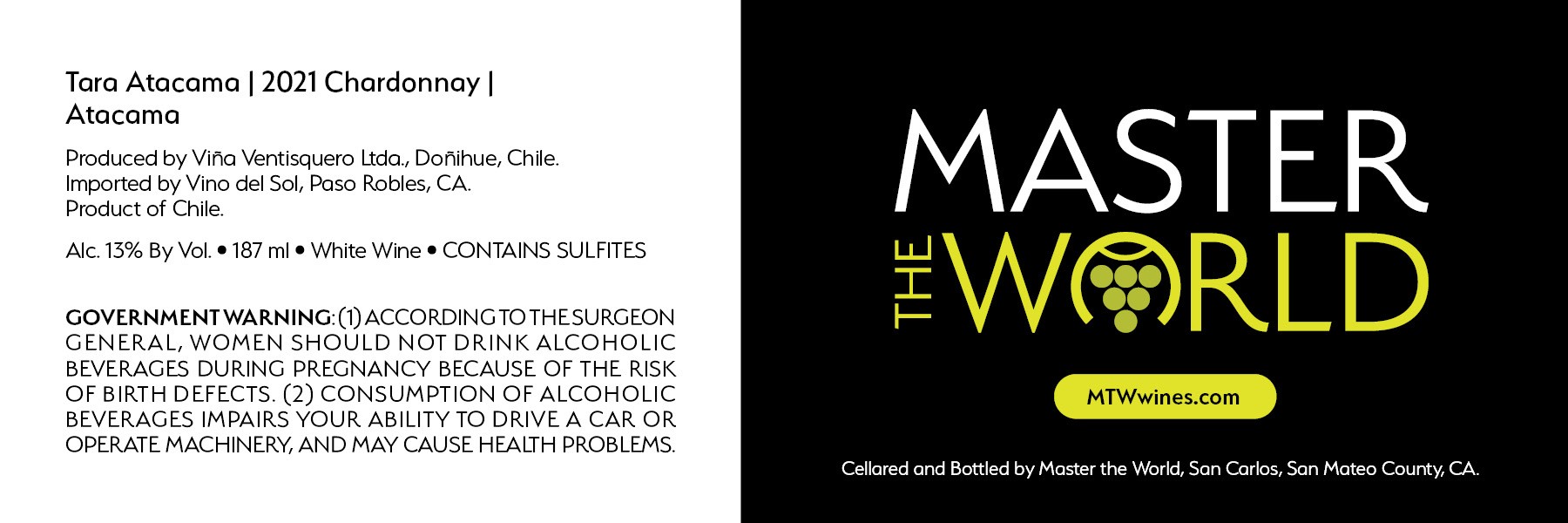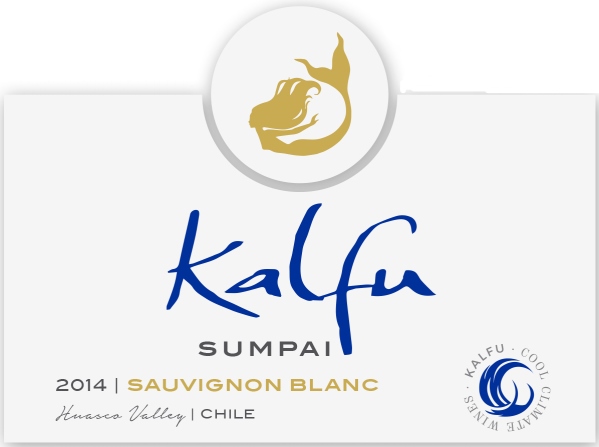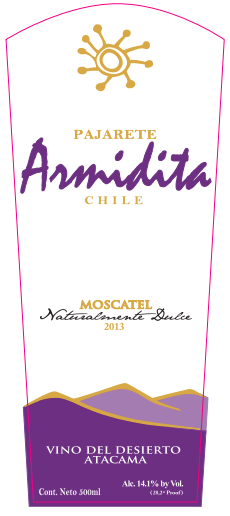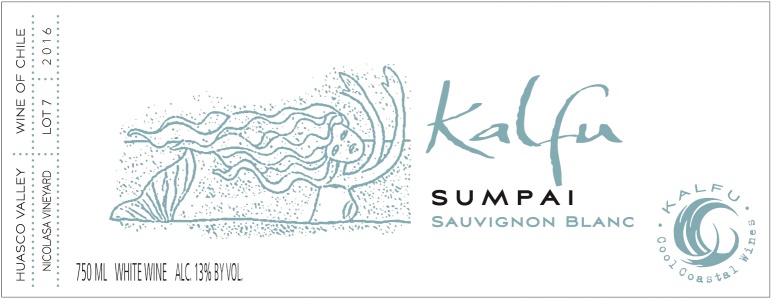Terroir of Atacama
The Atacama region's unique terroir is a remarkable blend of desert extremes and oceanic influences, creating a challenging yet rewarding environment for viticulture. With the world's driest non-polar desert climate, annual rainfall is a mere 28-45 mm, necessitating careful irrigation. The cold Humboldt Current and the morning camanchaca fog provide crucial moisture and temperature moderation, allowing grapes to ripen fully while maintaining their acidity.
Atacama's soils, primarily limestone-rich with high salinity, contribute to the wines' distinct mineral character. The combination of intense sunlight, significant day-night temperature shifts, and saline soil imbues the wines with a unique balance of fruitiness and minerality. In sub-regions like Huasco Valley, the maritime influence enhances Syrah, Chardonnay, and Sauvignon Blanc's vibrant profiles, while the high-altitude Salar de Atacama favors País and Muscat varieties, further showcasing the region's diverse viticultural potential.
Notable Wineries in Atacama
Atacama's wine scene is a testament to resilience and innovation, driven by a few standout wineries. Here are some notables:
-
Ventisquero Wine Estates: Leading with their Tara project in Huasco Valley, Ventisquero embraces a low-intervention approach. Their Chardonnay, Pinot Noir, and Syrah are celebrated for their clean, intense, and saline-mineral profiles.
-
Ayllu Cooperative: A unique venture uniting 18 indigenous families, Ayllu produces high-altitude wines. Their vineyards in Salar de Atacama yield robust reds, including País and Syrah, enriched by the intense sunlight.
-
Viña Fajardo: A heritage estate preserving tradition in the Copiapó Valley through sweet Muscat wines, offering a glimpse into Atacama's viticultural past.
Sustainable Winemaking in Atacama
In the Atacama Desert, sustainable winemaking is vital due to extreme environmental conditions. The region's dry climate and steady winds create ideal settings for organic farming, minimizing the need for chemical interventions. However, water management remains a significant challenge. Relying on irrigation from Andean snowmelt, vineyards must address high soil salinity, which necessitates extensive water use to protect grapevine health.
Beyond environmental concerns, Atacama also emphasizes social sustainability. Initiatives like the Ayllu Cooperative support indigenous families, preserving cultural traditions and offering economic opportunities. The region's commitment to sustainability is further reinforced by the "Certified Sustainable Wine of Chile" code. This dual focus on environmental and cultural sustainability allows Atacama to produce distinctive wines that reflect both its unique terroir and the resilient spirit of its people.
Wine Tourism in Atacama
Wine tourism in the Atacama Desert offers an extraordinary blend of viticulture and adventure.
Set against the stark beauty of the world's driest desert, the region provides a unique experience for those looking to explore beyond traditional wine destinations.
The Ayllu Cooperative's Viña Santa Romina tour allows visitors to engage deeply with local culture, offering insights into the challenges and triumphs of high-altitude winemaking.
Meanwhile, Viña Fajardo in the Copiapó Valley showcases the area's historical connection to sweet wine production.
Tour operators enhance these experiences by integrating wine tastings with stargazing under some of the clearest skies on Earth, or excursions to natural wonders like the Valley of the Moon.
For a complete experience, visitors should plan ahead and prepare for the desert's harsh conditions, ensuring they can fully appreciate the region's distinct wine offerings and stunning landscapes.






